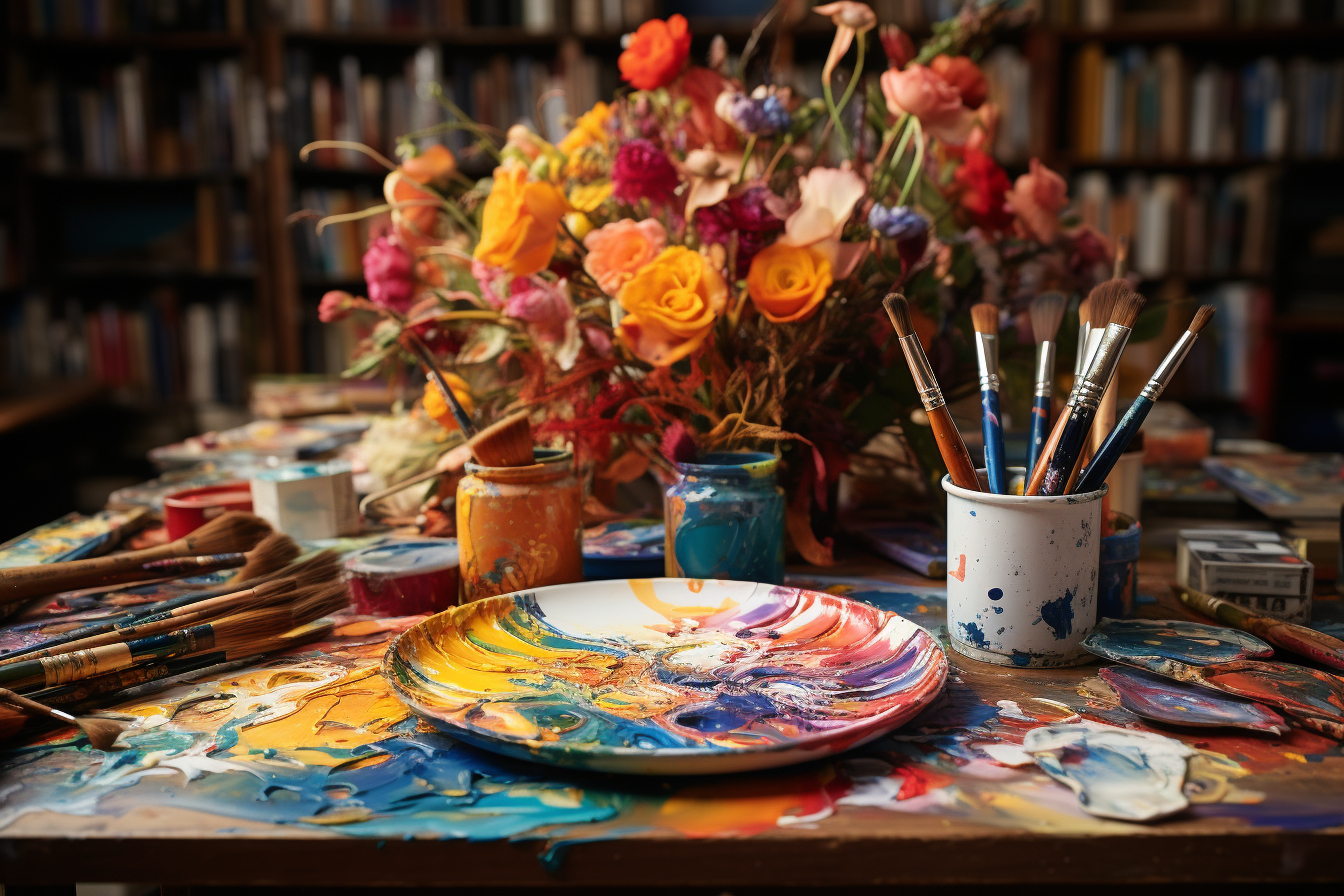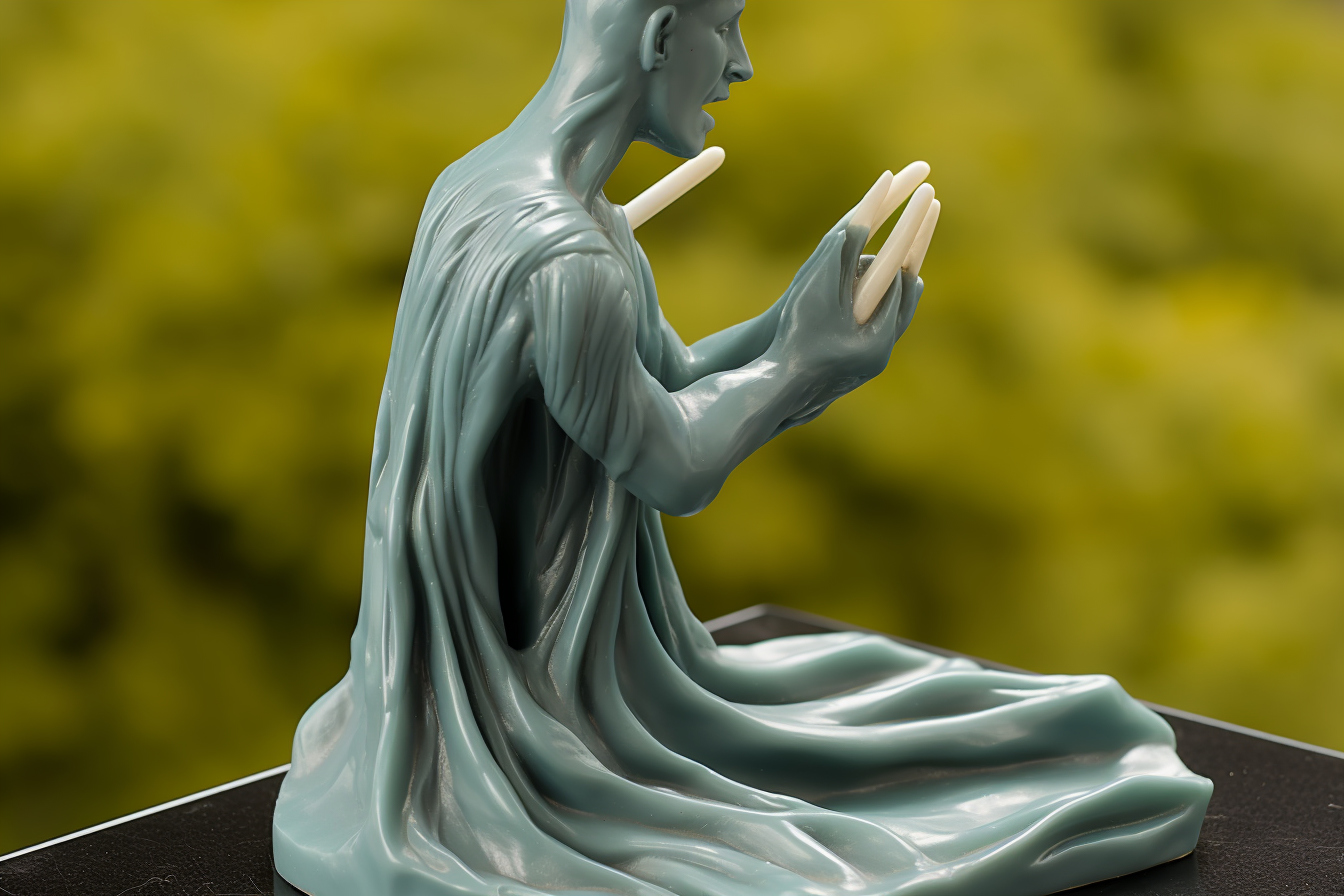Aesthetics, a branch of philosophy concerned with the nature of beauty and artistic taste, has its roots in the human capacity to experience and reflect on beauty. It invites a rich and nuanced contemplation of the artistic world in all its forms, whether painting, sculpture, music, literature or even architecture.
Sensory perception, the first gateway to aesthetics, plays a crucial role in the apprehension of works of art. It allows us to grasp the colors, shapes, sounds and textures, which constitute the raw material of any aesthetic experience. However, this perception remains only a surface that the philosophy of art intends to explore in depth.
the quest for beauty
To question beauty is to venture into a labyrinth of philosophical reflections. Beauty transcends categories and objective criteria; it resonates in a unique way with the subjective experience of each individual. Aesthetic pleasure then becomes a phenomenon rich in meaning, revealing the depths of our psyche and our sensitivity.
Harmony And the proportion were often cited by classical philosophers as essential components of beauty. These concepts, however, only capture one facet of aesthetics, because beauty often emerges from imperfection, asymmetry, or even chaos.
human expression and the work of art
The artist, by creating, expresses his vision of the world, his emotions and his questions. The work of art thus becomes a window open to the human soul, a bridge between the intimate and the universal. It allows the artist to address all of humanity through the universal language of art.
But expression is not limited to that of the artist. The observer, in his act of interpretation, also participates in this expression. Every aesthetic experience is a co-creation, where the work of art is completed and reinvented in the mind of the perceiver.
the role of context in aesthetics
To ignore the historical, cultural and social context of a work of art would be to miss part of its essence. Symbols, references and artistic conventions only take on meaning through the prism of the cultures and eras that shaped them.
Contextualization enriches the understanding of the works and reveals sometimes unsuspected layers of meaning. It invites us to travel through time and space, to meet the civilizations that have contributed to the richness of the world’s artistic heritage.
aesthetic and philosophical movements

Aesthetic perspectives have evolved over the centuries, reflecting changing philosophical and social paradigms. From classicism to modernity, via romanticism and the avant-garde, each aesthetic movement provides its answer to the question of beauty.
THE romanticism, for example, values the expression of feelings and imagination, detaching itself from classical rigor in favor of an exaltation of nature and human passions. The avant-garde, on the other hand, defies conventions and seeks to push the boundaries of art.
the aesthetic experience: a personal encounter
Aesthetic experience is deeply personal and cannot be fully codified or normalized. The individual, in his or her uniqueness, is both the receiver and co-creator of the artistic experience. This encounter between the work and the observer is unpredictable and often charged with emotion.
The subjectivity of the aesthetic experience implies that everyone can find a different echo, a resonance that speaks to their own life experiences, their dreams and their aspirations.
interpretation: a dialogue between the Work and the spectator
Interpreting a work of art means entering into a dialogue with it, trying to decipher the artist’s intentions, but also projecting your own thoughts and emotions onto it. Interpretation is a dynamic and creative activity, where the observer is invited to immerse himself in the universe proposed by the artist.
In this dialogue, there is no absolute truth, no single reading. Each interaction with the work is an act of discovery and invention, where meaning is both found and made.
art as a universal language
Art transcends linguistic and cultural boundaries, communicating emotions and ideas that go beyond words. As a universal language, it has the power to connect people across differences, creating a sense of community and empathy.
The universality of art lies in its capacity to touch on fundamental human truths, to express what is essential and common to all life experiences. Thus, art becomes a vector of understanding and human solidarity.
the challenges of contemporary art
Contemporary art, with its experiments and provocations, often pushes the limits of traditional aesthetics. Faced with works that challenge our expectations and preconceptions, we are invited to rethink the nature of art and the role of aesthetics.
The challenges posed by contemporary art stimulate perpetual questioning about the value, function and meaning of art in modern society. This dynamism, although sometimes disconcerting, is essential to the constant renewal of the philosophy of art.
towards a deeper understanding
To engage in an in-depth exploration of the philosophy of art is to accept a never-ending quest for understanding and meaning. Aesthetics, in all its complexity, challenges our certainties and enriches our view of the world.
Constantly seeking to deepen our understanding of art also means pursuing personal enrichment, an openness to new ways of thinking and feeling. This is where the magic of art lies: in its infinite capacity to transform our perception of reality and to invite us into a constant dialogue with our own humanity, without ever running out of revelations.
The invitation is therefore launched to everyone to dive into this fascinating universe of art and aesthetics, to explore its twists and turns, to be surprised by its richness, and perhaps, through a work, to discover yourself.












